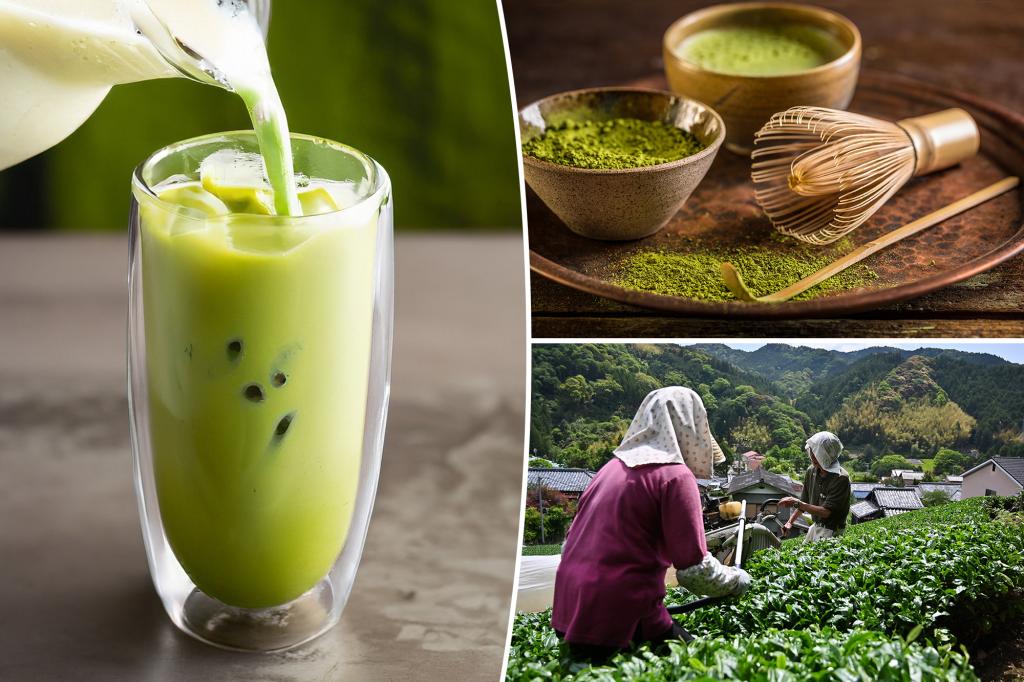Summarize this content to 2000 words in 6 paragraphs
The demand is getting to be too matcha.
The über-popular green tea drink is becoming increasingly difficult to find as interest in the beverage soars in the Western hemisphere. And while next month’s start of harvest season is expected to replenish some of the dwindling matcha supply, it may not be enough, Food & Wine reported.
Consumption of matcha — a fine powder that is whisked with hot water to make the bright green drink — “reached a record high last year,” Fumi Ueki, the chief of the Leaf Brand Group, recently told the Japan Times.
In 2024, major tea brands implemented limits on the amount of matcha customers could buy as consumers drained backstock or faced empty shelves.
Experts point to increased interest in the health and wellness aspect of the drink or the reach of social media as reasons for the international boom.
In fact, the Japan Times reported that, while the country’s consumption has declined, the matcha frenzy has skyrocketed around the globe, with more than half of the tea produced in Japan now exported.
“The brands that have been impacted most are the ones that people overseas like, the ones that have gone viral on social media,” Megumi Kanaike, manager of the Australia-based tea store Simply Native, told the Guardian.
The Japanese Ministry of Agriculture, Forestry and Fisheries is pushing for the increased production of matcha, but a solution isn’t as simple as planting more seeds.
“The unique and seasonal nature of matcha production makes it inherently limited,” the Global Japanese Tea Association wrote online, adding that only an estimated 6% of the tea produced in Japan becomes matcha.
Per the Association, the number of workers available to farm matcha is also in decline. Their data showed that the number of tea farmers in Japan dropped from 53,000 in just 20 years between 2000 and 2020.
In addition to a decline in the number of tea farmers, the process of matcha production consumes time, land and manpower.
“The unique and seasonal nature of matcha production makes it inherently limited,” the Global Japanese Tea Association wrote online, adding that only an estimated 6% of the tea produced in Japan becomes matcha.
Per the Association, the number of workers available to farm matcha is also in decline. Their data showed that the number of tea farmers in Japan dropped from 53,000 in just 20 years between 2000 and 2020.
While land can be purchased, tea trees can take as long as five years to reach maturity, according to the Japan Times. Then, the leaves, which can only be plucked in spring, need to be dried and ground up, the latter process requiring machines that move incredibly slow, producing only enough powder for approximately a dozen matcha lattes, per the publication.
“You need a lot of stone mills to make a large quantity of ceremonial matcha,” Simona Suzuki, co-founder of the Global Japanese Tea Association, told the Japan Times, adding that stone mills are also time-consuming to craft.
“And if demand suddenly increases a lot, production can be strained, which limits how much matcha can be made at once.”


